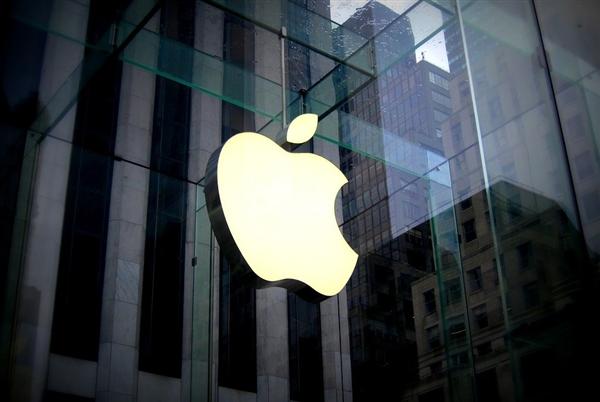Several Apple foundries have begun to move 15% to 30% of their production operations out of China.
Many Apple foundries have begun to move 15%~30% of their production operations out of China
According to foreign media reports, many Apple foundries have begun to move 15% to 30% of their production operations out of China. These companies include TSMC, also including mobile phones and computers manufactured by Apple Foxconn, Pegatron and Wistron and other products.
With the influence of uncertain political factors and rising labor costs in China, technology companies have begun to transfer part of their production operations to Southeast Asian countries such as Vietnam, Thailand, Malaysia, and India.
In the past 30 years, the technology industry has achieved the best combination of cost, quality, human resources and infrastructure in accordance with the “Western design, made in China” model, but now it is increasingly dependent on the decentralized supply chain of Southeast Asian countries. Take Apple as the representative. In the past few years, Apple has been asking Asian partners to participate in its “supply diversification plan” to decentralize the supply chain.
An executive from an Apple foundry said: “Customers’ mentality is changing. The increasingly tense political situation forces them to think about production strategies and “buy insurance” for the company’s future development. Therefore, in the next two to three years, not only large-scale Electronic OEM, you will also see more and more parts suppliers start to transfer production out of China to support the new supply chain.”
Editor-in-chief’s comment: It is not only the technology industry where mobile phones and computers are located, but the manufacturing industry also has the problem of “overflow” in Chinese foundries. In the past few years, Nike has transferred part of its Chinese factories to Southeast Asia to produce sneakers and apparel in Vietnam.
In the past, the main reason for the “overflow” of Chinese foundries was the increasing labor costs in the Chinese market, and now it also includes increasingly tense political factors. But no matter what the reason, the technology industry cannot completely leave China manufacturing. For companies, the evaluation of production input depends on the overall cost, not just the labor cost. In terms of controlling overall costs, China has a huge advantage that Southeast Asia is difficult to achieve:
The first is the production efficiency advantage. China has a supply chain industry cluster that Southeast Asia does not have, and it can deliver the required parts within a few hours. In contrast, the delivery of parts in a dispersed supply chain in Southeast Asia usually takes one to two weeks longer…< /p>
↓↓Scan the QR code below to unlock the full content↓↓
Scan the QR code to unlock the complete content

